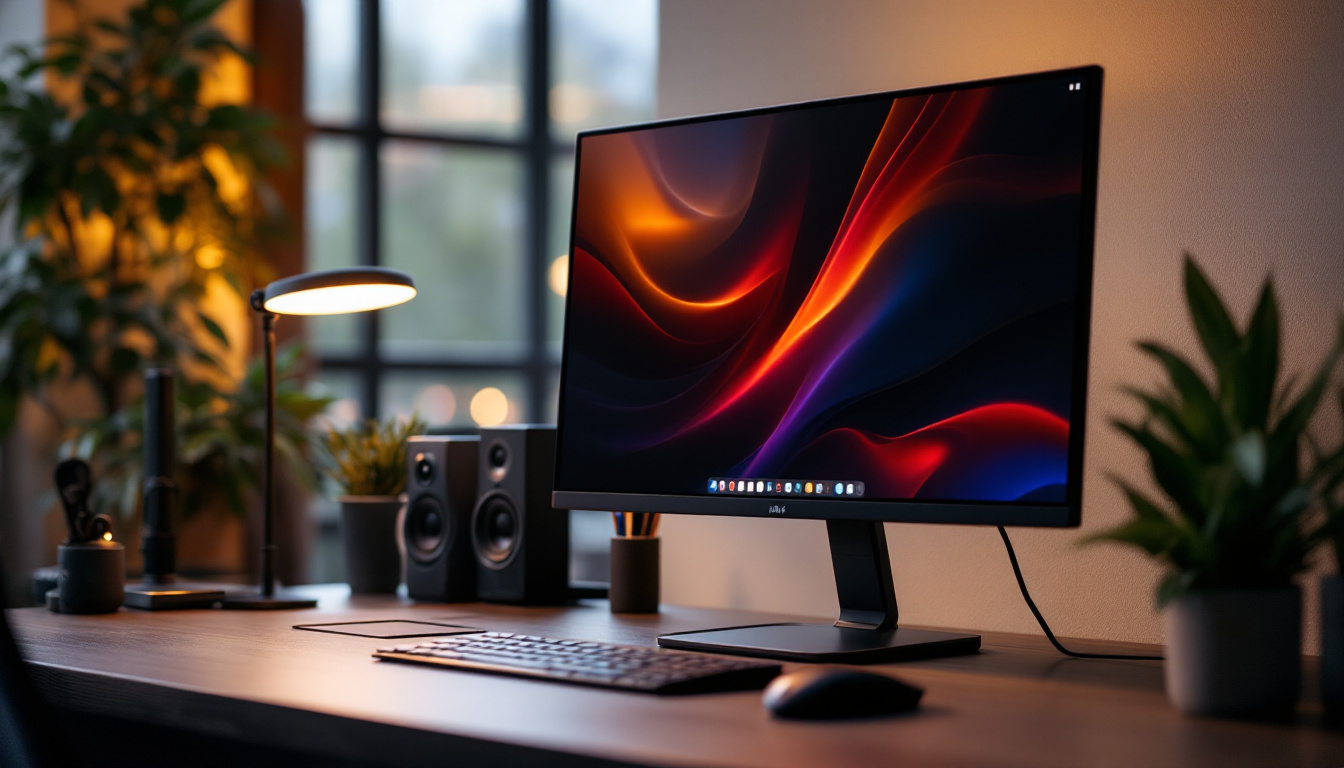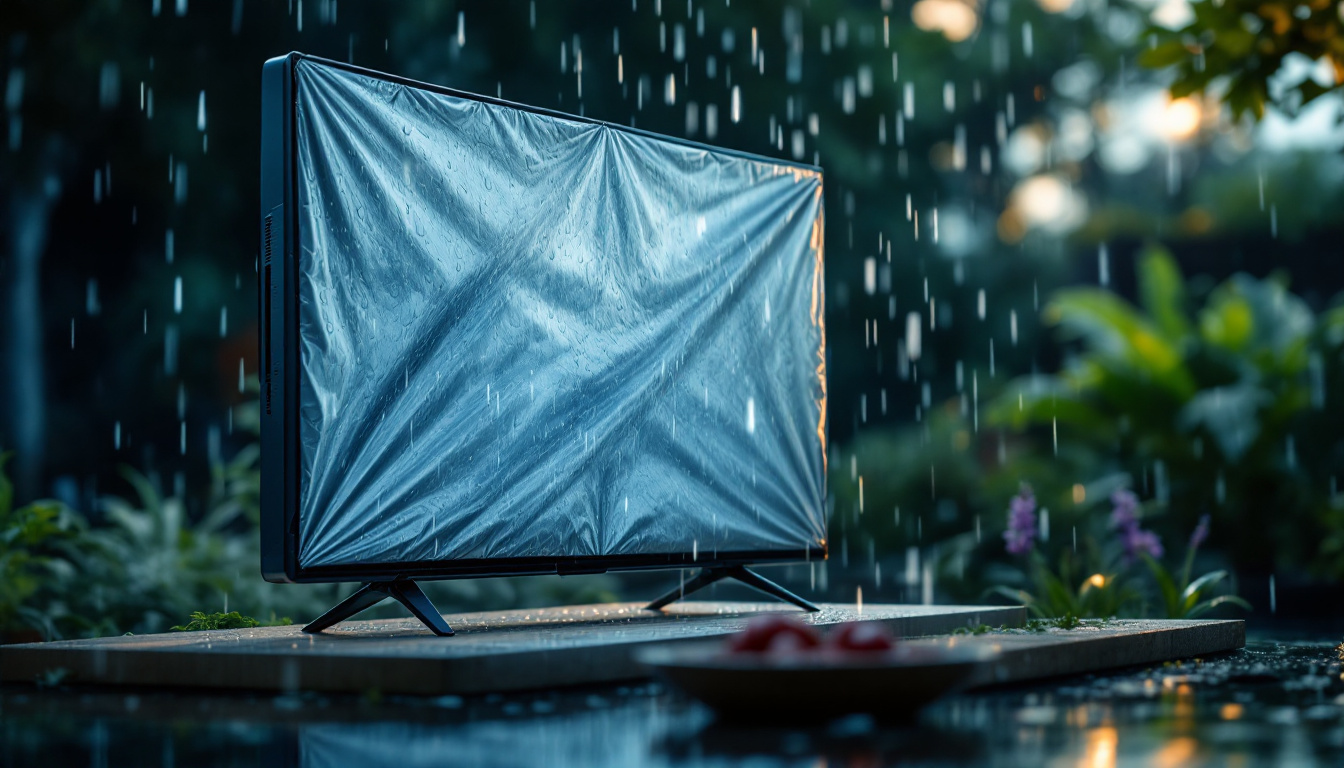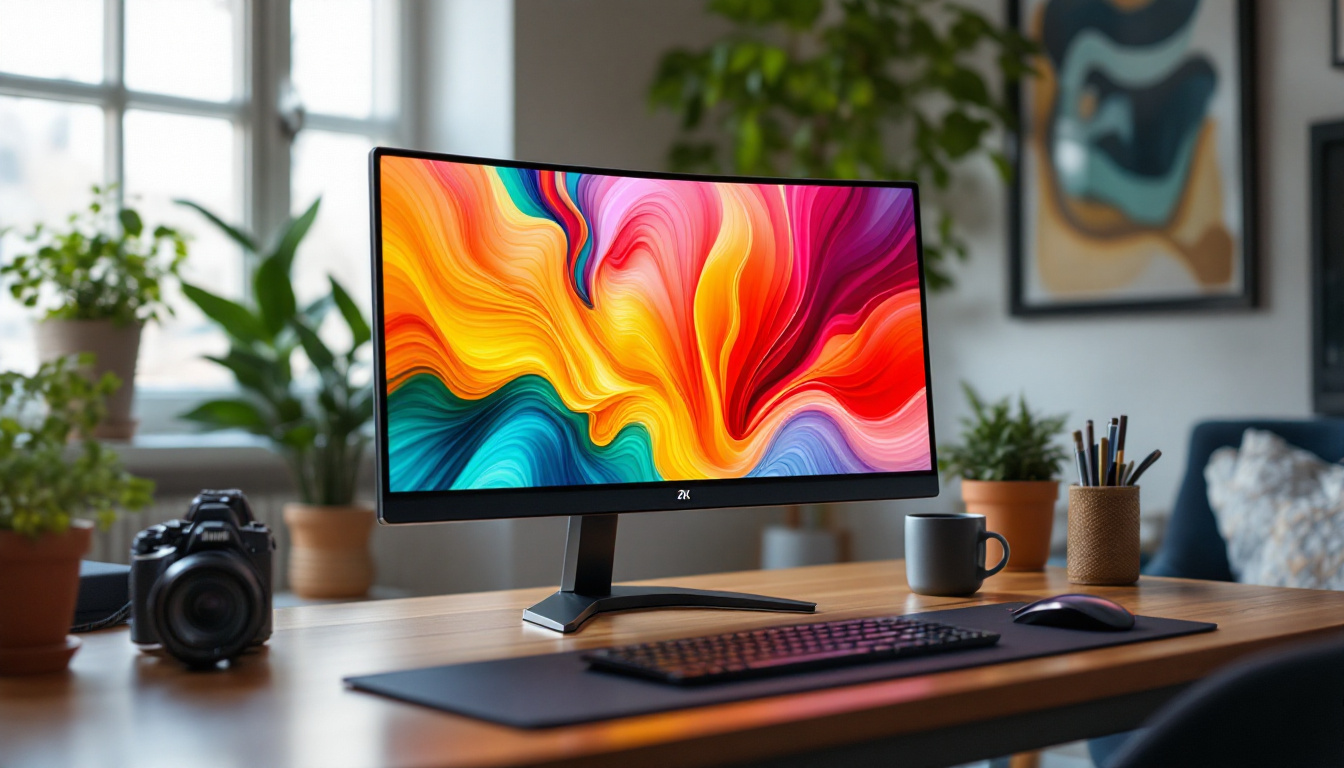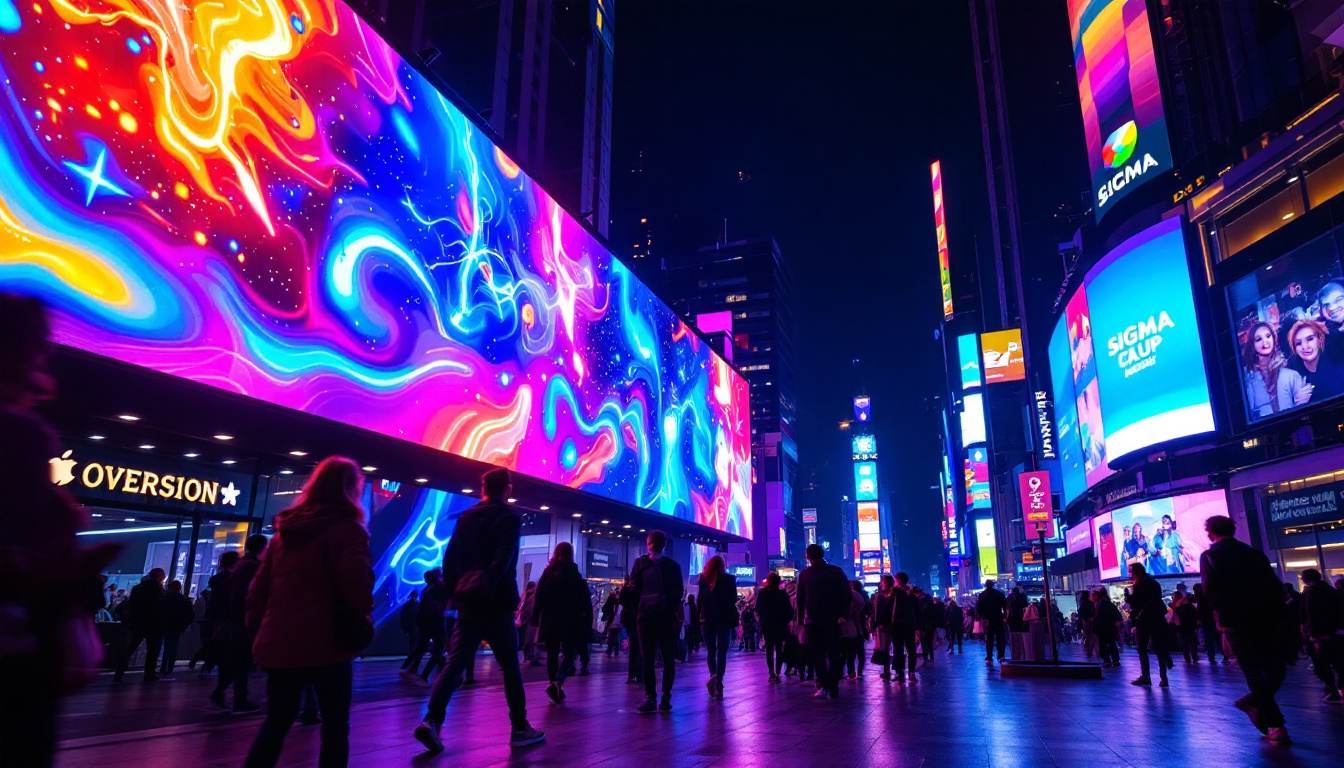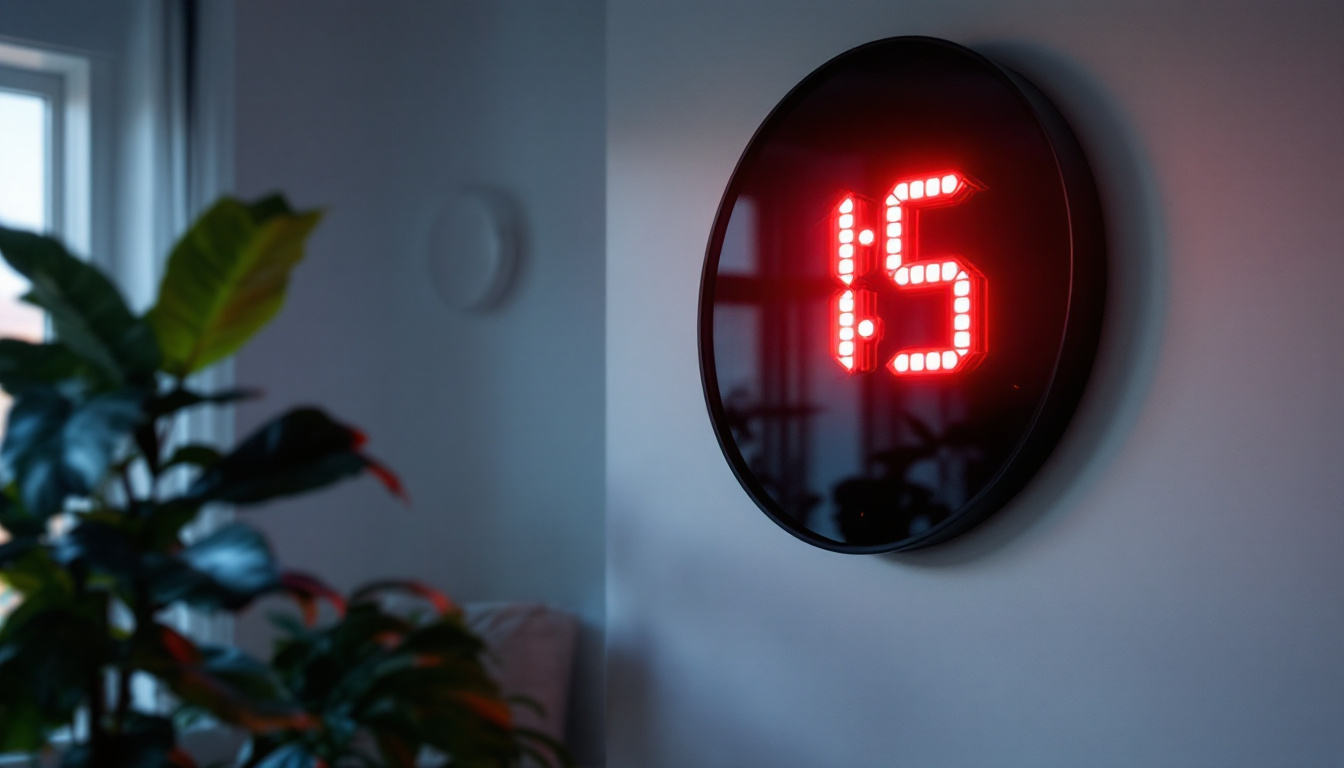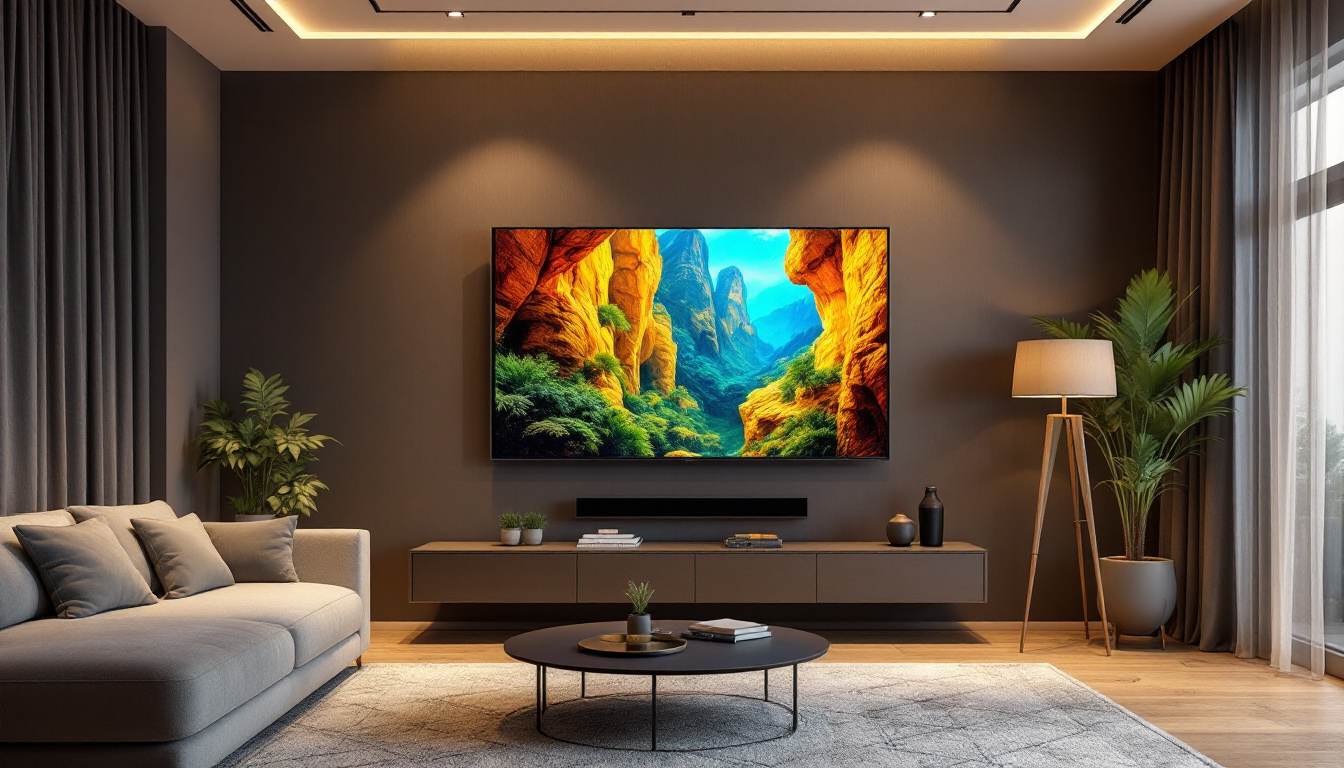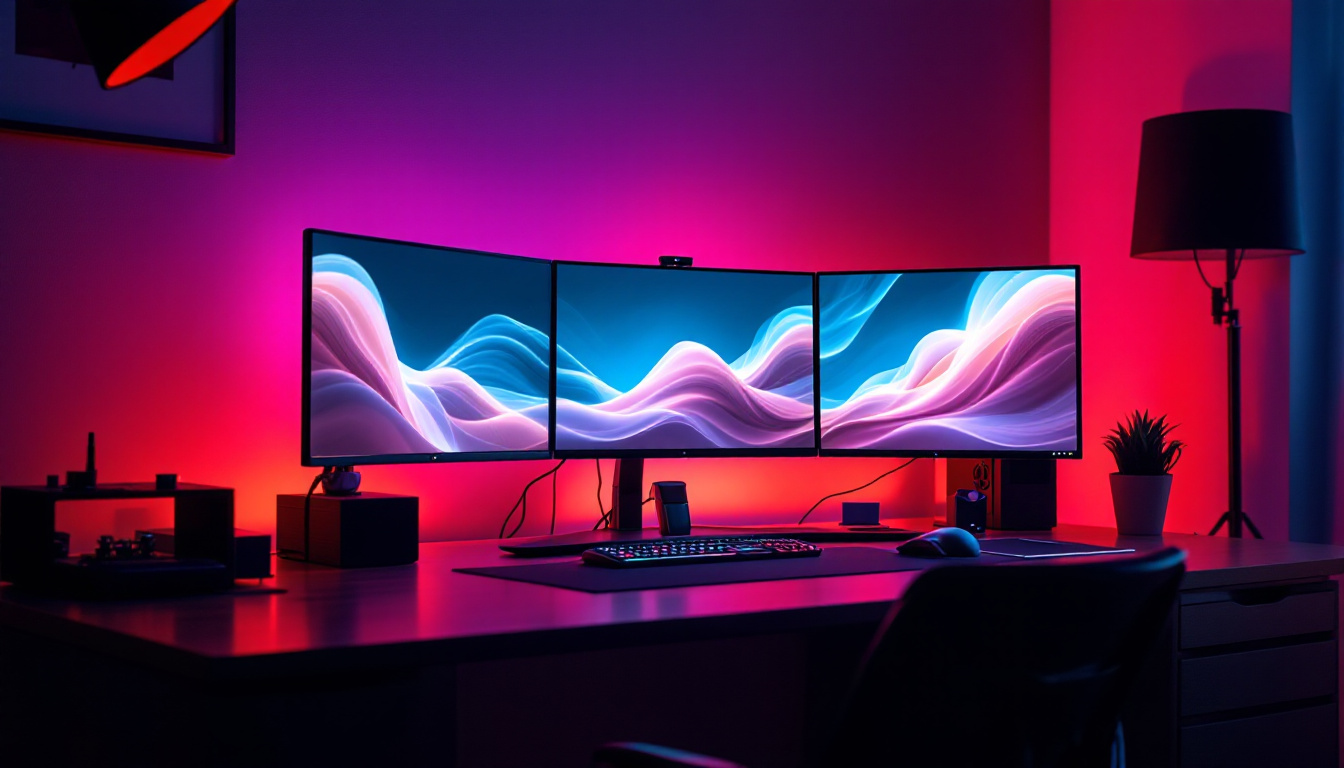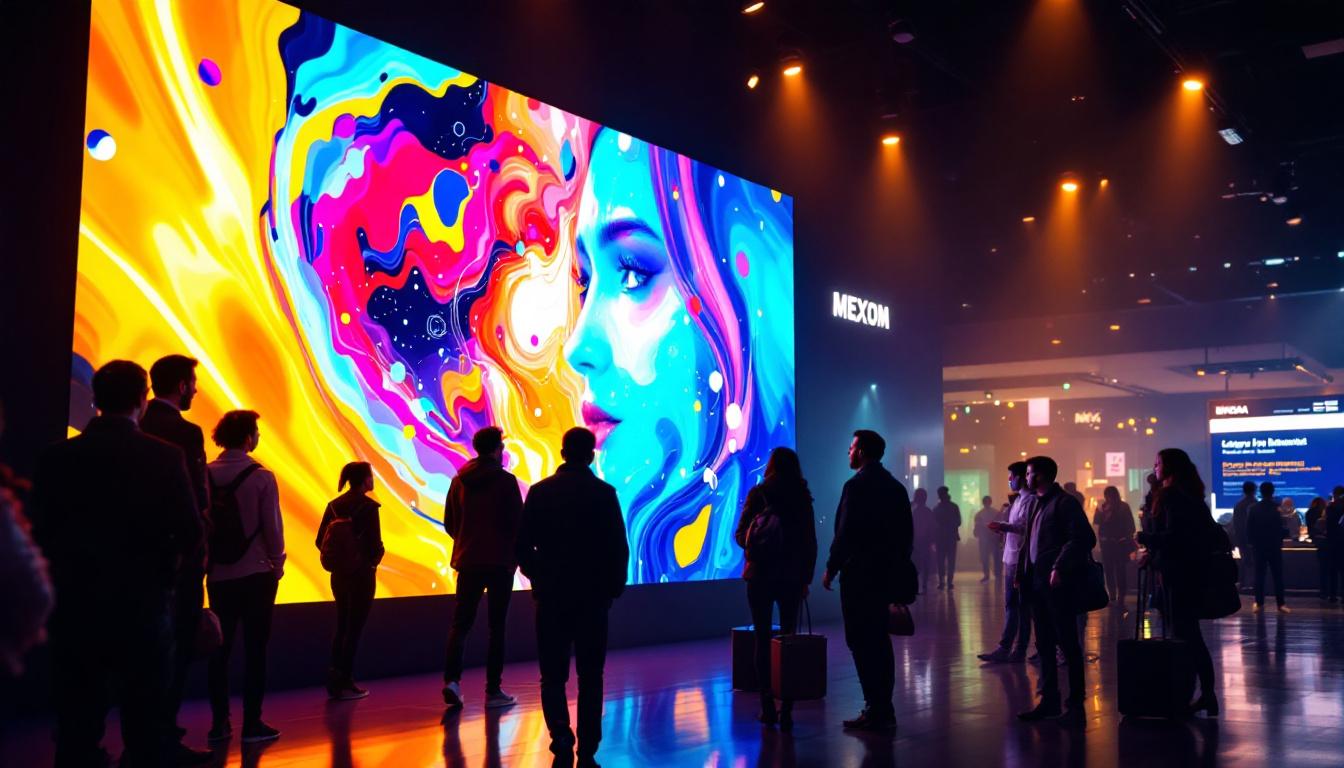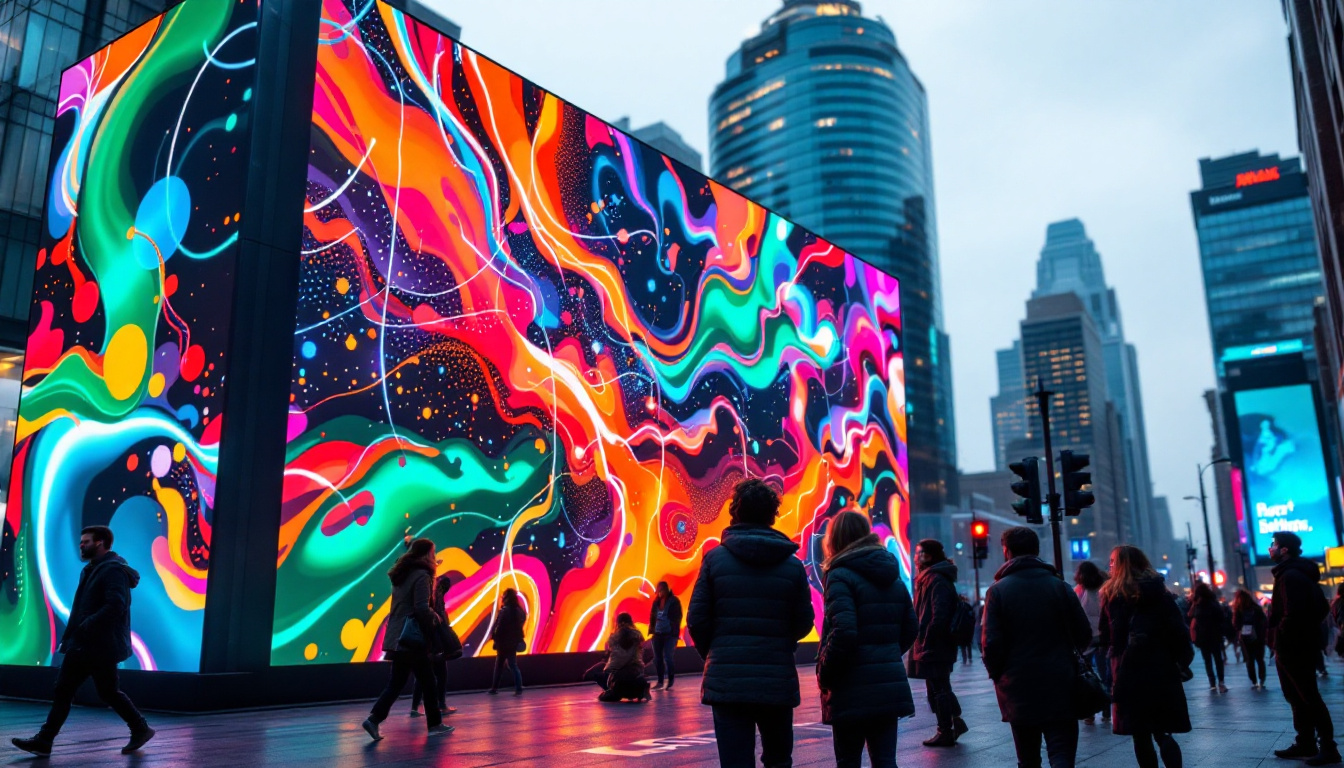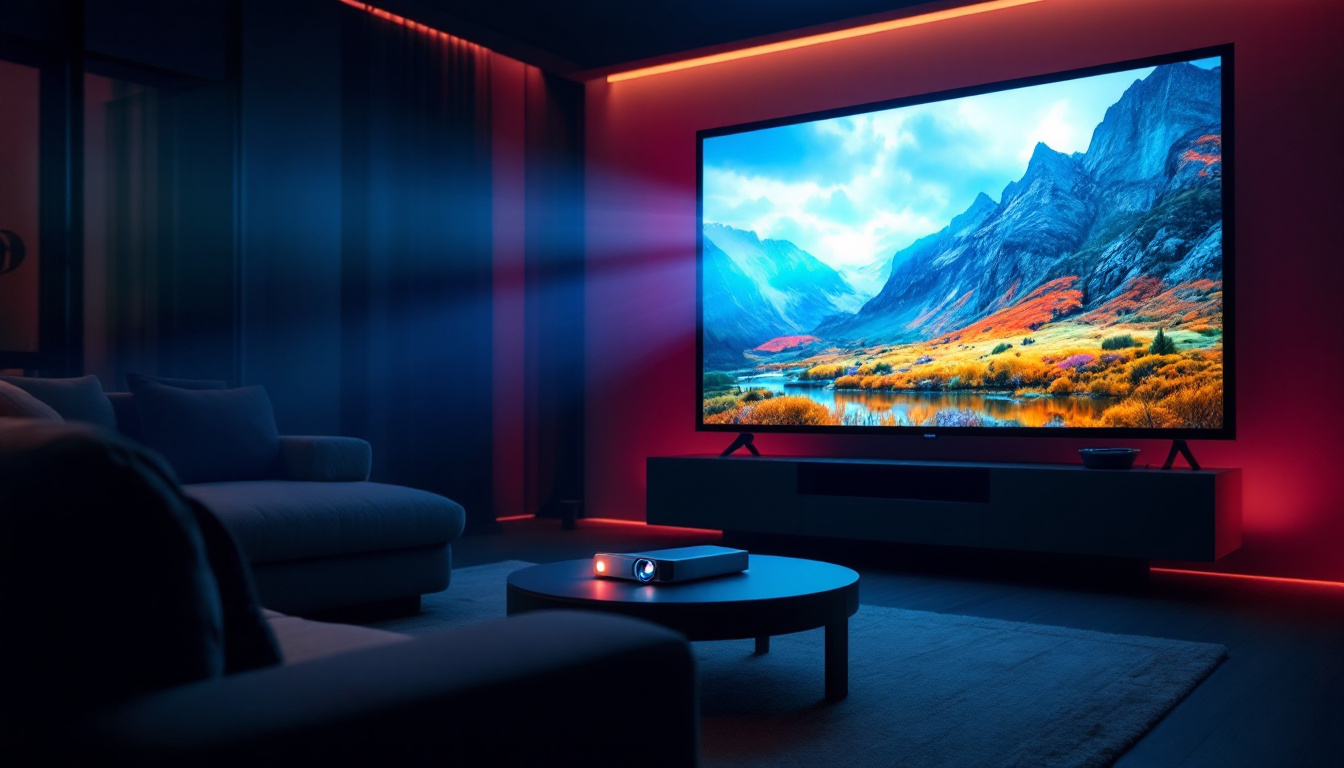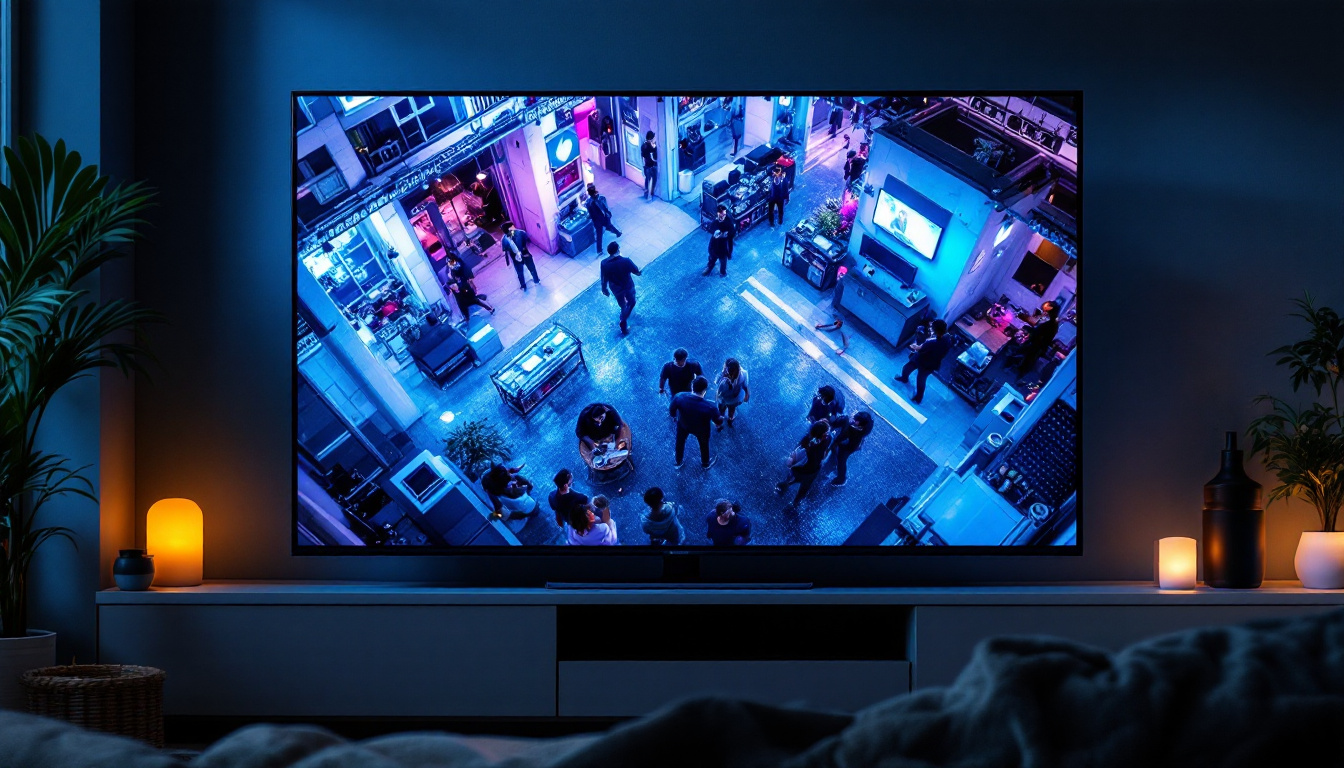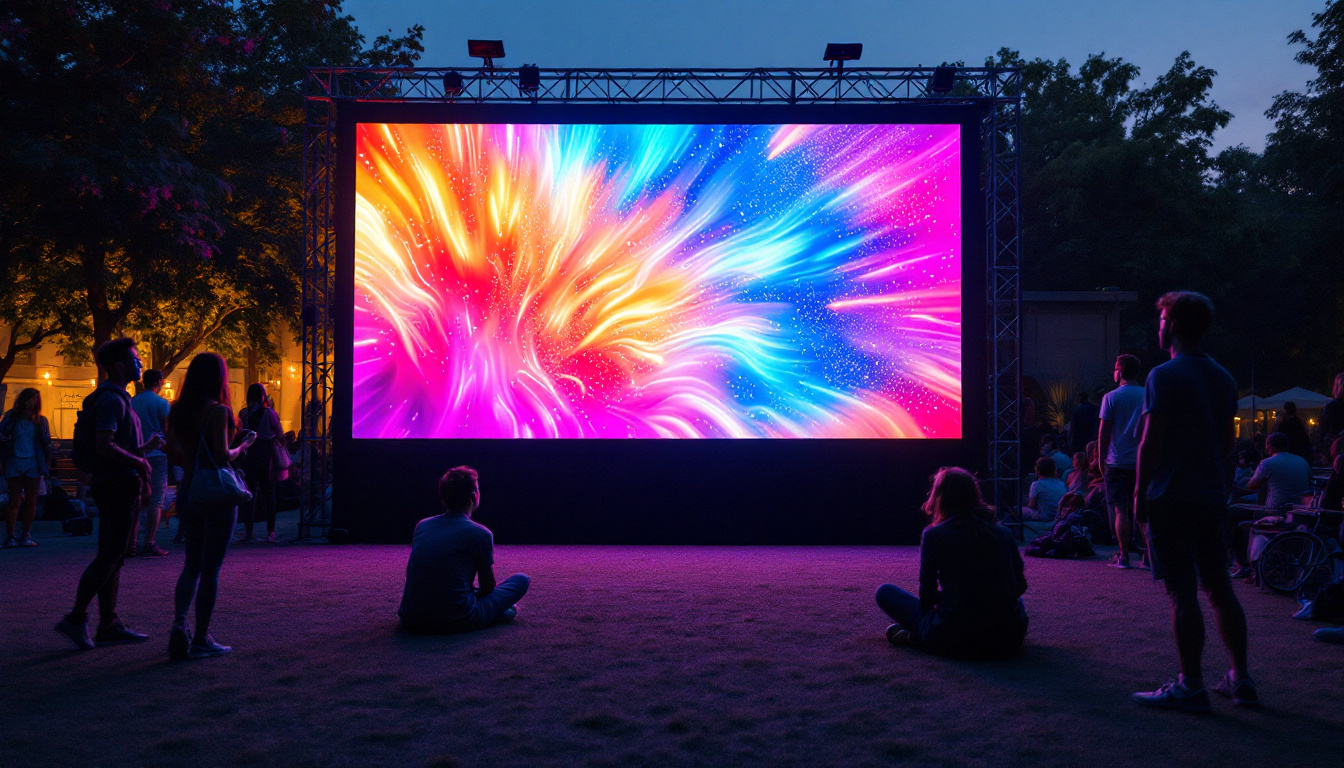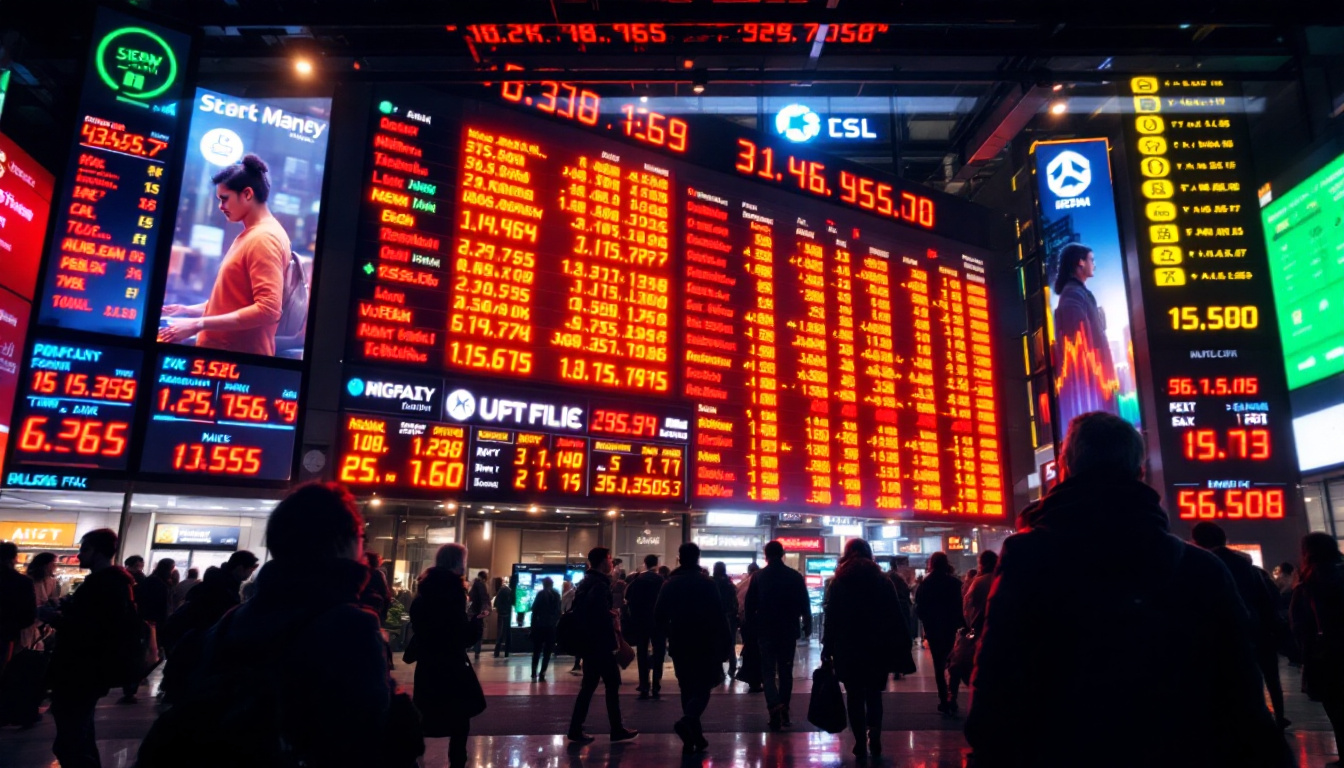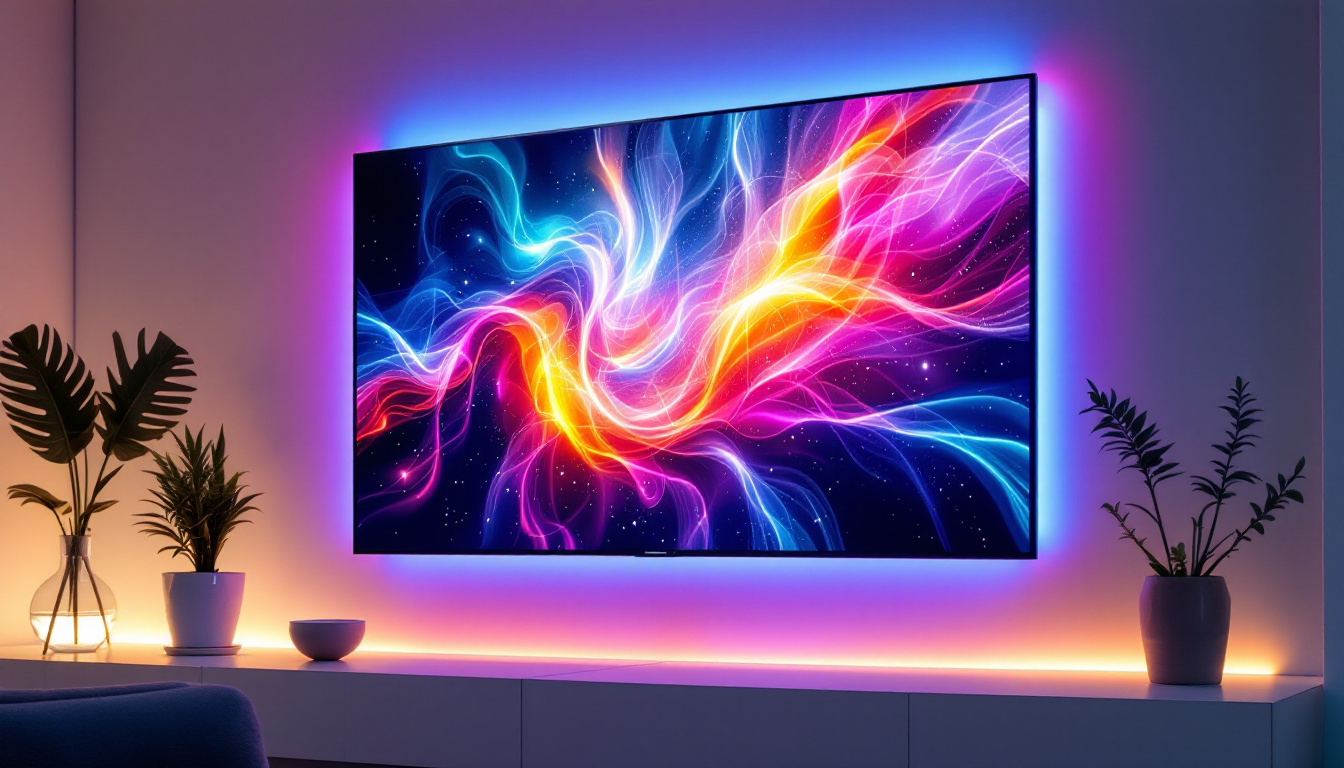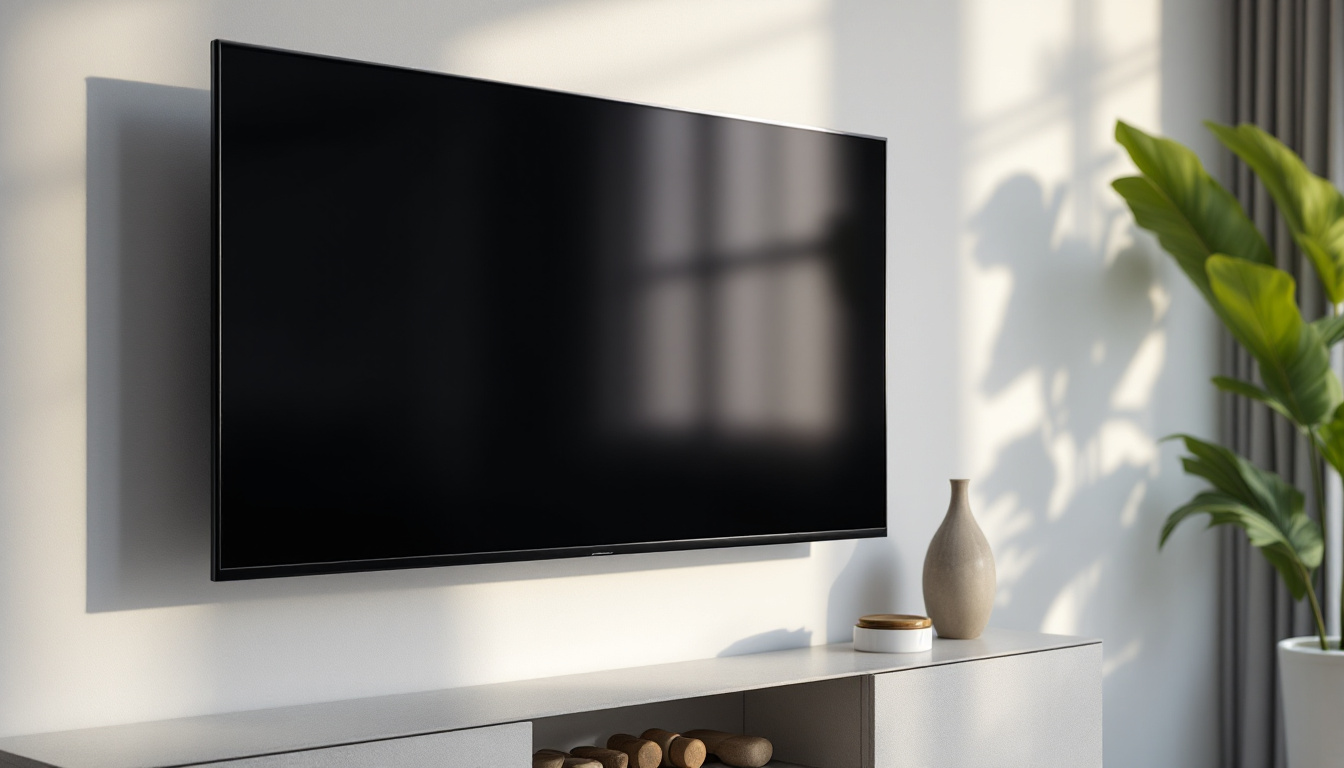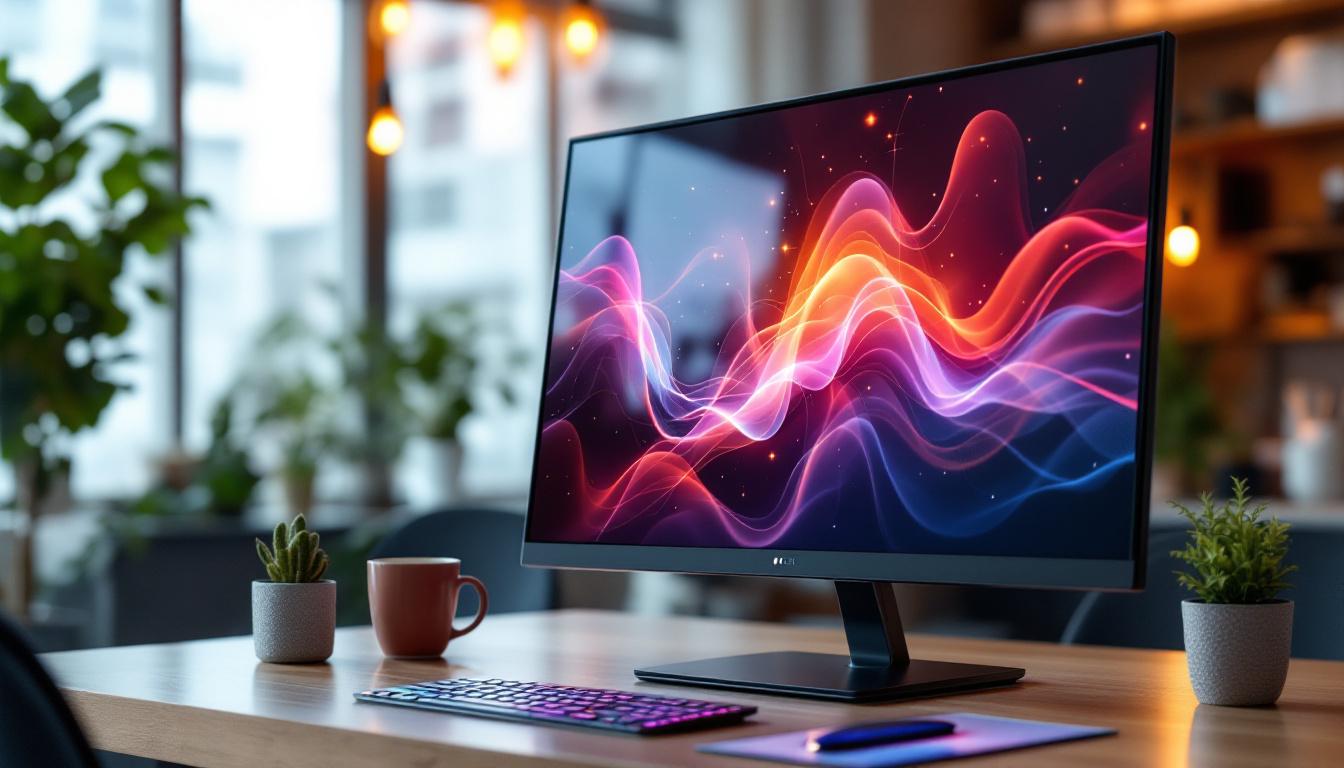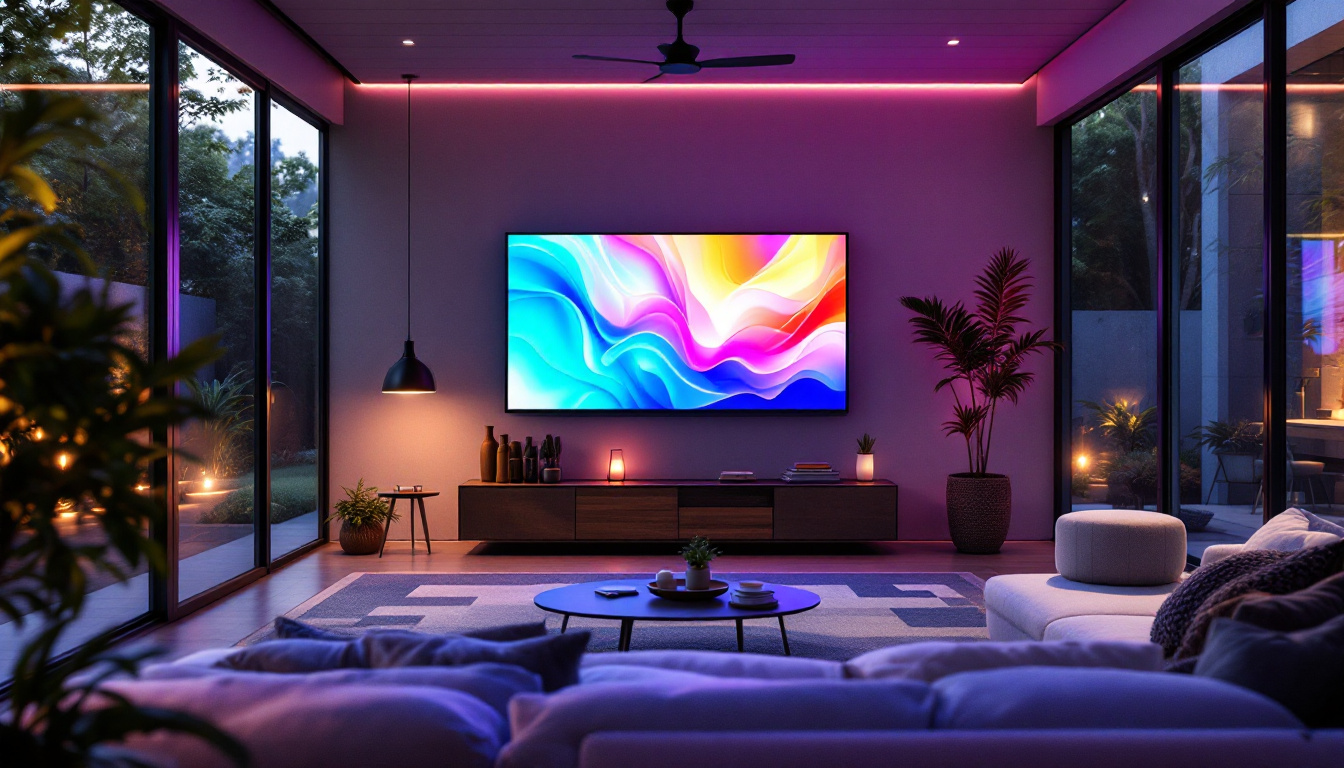In the realm of home entertainment and professional presentations, the choice of display technology can significantly impact the viewing experience. Among the various options available, framed projector screens paired with LED displays have emerged as a popular choice. This article delves into the intricacies of framed projector screens and how they enhance the performance of LED displays.
Understanding Framed Projector Screens
Framed projector screens are designed to provide a smooth, flat surface for projecting images and videos. Unlike traditional screens, which may be mounted on walls or pulled down from a roll, framed screens offer a more polished and professional appearance. They are typically constructed with a rigid frame that holds the screen taut, minimizing wrinkles and ensuring optimal image quality.
Construction and Materials
The construction of a framed projector screen involves several key materials. The frame is usually made from lightweight yet durable materials such as aluminum or wood, providing stability without adding excessive weight. The screen surface itself is often crafted from specialized fabrics designed to enhance brightness, contrast, and color accuracy.
Common materials used for the screen surface include matte white, high-gain, and ambient light-rejecting fabrics. Each type offers distinct advantages depending on the viewing environment. For instance, matte white screens are ideal for dark rooms, while ambient light-rejecting screens perform better in well-lit spaces. Additionally, some screens are treated with coatings that improve durability and resistance to wear, ensuring they maintain their quality over time even with frequent use.
Benefits of Using Framed Screens
One of the primary advantages of using framed projector screens is their ability to deliver a superior viewing experience. The tensioned surface minimizes distortion and enhances image clarity, making them suitable for both cinematic experiences and detailed presentations. Additionally, the aesthetic appeal of a framed screen adds a touch of elegance to any room.
Framed screens are also versatile, available in various sizes and aspect ratios to accommodate different projector models and viewing preferences. Whether for a home theater, conference room, or classroom, there is a framed screen designed to meet specific needs. Furthermore, many models come with additional features such as easy installation options, adjustable height settings, and even built-in sound absorption properties, which can enhance the overall audio-visual experience. This adaptability makes framed screens an excellent investment for anyone looking to elevate their viewing setup, whether for personal enjoyment or professional presentations.
LED Displays: A Modern Solution
LED displays have revolutionized the way visual content is presented. Known for their vibrant colors, high brightness levels, and energy efficiency, LED displays are increasingly being integrated with framed projector screens to create a seamless viewing experience. This integration not only enhances the visual impact but also allows for a versatile setup that can cater to different viewing preferences and environments, making it a popular choice for both home theaters and professional presentations.
How LED Technology Works
LED, or Light Emitting Diode, technology operates by using semiconductor materials to emit light when an electric current passes through them. This results in bright, vivid images that can be viewed from various angles without significant loss of quality. The compact size of LED components also allows for thinner and lighter display panels, making them easier to integrate into existing setups. Additionally, advancements in LED technology have led to innovations such as microLED and miniLED, which further enhance image quality and allow for even more flexible designs.
Moreover, LED displays are known for their longevity and low maintenance requirements. Unlike traditional projection lamps that may dim over time, LED lights maintain their brightness and color accuracy for years, providing consistent performance. This durability is particularly advantageous in settings where displays are used continuously, such as in retail environments or during live events, where reliability is crucial for effective communication and engagement.
Advantages of LED Displays
The advantages of LED displays extend beyond brightness and longevity. They offer superior contrast ratios, which enhance the depth and richness of colors. This is particularly beneficial for applications that require precise color reproduction, such as graphic design and video editing. The ability to display deep blacks alongside bright whites ensures that every detail is rendered accurately, making LED displays an essential tool for professionals in creative fields.
Furthermore, LED displays are highly adaptable. They can be configured for various environments, including outdoor settings, where traditional projectors may struggle due to ambient light interference. This adaptability makes LED technology a preferred choice for both commercial and residential applications. For instance, in outdoor advertising, LED billboards can attract attention even in direct sunlight, ensuring that messages are seen by a larger audience. Additionally, the modular nature of some LED displays allows for custom shapes and sizes, enabling unique installations that can fit any space or design aesthetic, further expanding their appeal in modern architecture and interior design.
Combining Framed Screens with LED Displays
The combination of framed projector screens and LED displays creates a dynamic visual experience that caters to a wide range of viewing preferences. This synergy enhances the strengths of both technologies, resulting in a display solution that is both aesthetically pleasing and functionally superior.
Optimal Viewing Conditions
To achieve the best results when using framed screens with LED displays, it is essential to consider the viewing environment. Factors such as ambient light, room size, and seating arrangement play a crucial role in determining the overall viewing experience. For instance, in a dimly lit room, a high-gain screen paired with a bright LED display can produce stunning visuals, while in a brightly lit environment, an ambient light-rejecting screen may be more effective.
Additionally, the distance between the screen and the viewer can affect perceived image quality. It is advisable to calculate the ideal viewing distance based on the screen size and resolution to ensure that viewers can appreciate the full detail of the content being displayed.
Installation Considerations
Proper installation is vital to maximizing the performance of framed projector screens and LED displays. The screen should be mounted at an appropriate height and angle to minimize glare and reflections. Furthermore, ensuring that the projector is correctly aligned with the screen will help avoid distortion and ensure that the image is displayed accurately.
When integrating an LED display with a framed screen, it is also essential to consider the connectivity options. Ensuring that the necessary cables and adapters are available will facilitate a smooth setup process and enhance the overall user experience.
Choosing the Right Combination
Selecting the right combination of framed projector screen and LED display requires careful consideration of several factors. Understanding the specific needs of the intended application will guide the decision-making process.
Assessing Your Needs
Begin by assessing the primary use of the display. For home theater setups, a high-resolution LED display paired with a large framed screen can create an immersive cinematic experience. In contrast, for business presentations, a screen that enhances clarity and color accuracy may be more critical.
It is also important to consider the size of the room and the seating arrangement. A larger screen may be necessary for bigger spaces, while smaller rooms may benefit from a compact setup. Additionally, the aspect ratio of the content being displayed should influence the choice of screen size and type.
Budget Considerations
Budget is another crucial factor when selecting a framed projector screen and LED display. While high-end models offer superior performance, there are also budget-friendly options that provide excellent value for money. It is advisable to compare various models and read reviews to find a combination that meets both performance and budgetary requirements.
Investing in quality equipment can yield long-term benefits, reducing the need for frequent replacements or upgrades. Therefore, it is wise to prioritize quality over cost when making a selection.
Maintenance and Care
Once the ideal combination of framed projector screen and LED display has been selected and installed, proper maintenance is essential to ensure longevity and optimal performance.
Regular Cleaning
Regular cleaning of both the screen and the LED display is crucial. Dust and fingerprints can accumulate on the surface, affecting image quality. For the screen, use a soft, lint-free cloth to gently wipe away any debris. Avoid using harsh chemicals, as they can damage the screen material.
For LED displays, it is advisable to follow the manufacturer’s recommendations for cleaning. Typically, a microfiber cloth and a mild cleaning solution are sufficient to keep the screen looking pristine.
Periodic Calibration
Calibrating the LED display periodically can enhance the viewing experience by ensuring that colors and brightness levels remain consistent. Many modern displays come with built-in calibration tools, making the process straightforward. Additionally, professional calibration services are available for those seeking the highest level of accuracy.
Conclusion
In conclusion, the combination of framed projector screens and LED displays offers a powerful solution for both home and professional environments. Understanding the intricacies of each technology and how they work together can significantly enhance the viewing experience. By carefully considering factors such as installation, maintenance, and specific needs, users can create an optimal setup that delivers stunning visuals and exceptional performance.
As technology continues to evolve, the integration of framed projector screens with LED displays will likely become even more refined, offering new possibilities for immersive viewing experiences. Whether for entertainment or professional use, this combination stands out as a testament to the advancements in display technology.
Discover LumenMatrix’s Advanced LED Solutions
Ready to elevate your visual experience with the latest in LED display technology? Look no further than LumenMatrix, where innovation meets excellence. Our comprehensive range of LED display solutions, from Indoor and Outdoor LED Walls to specialized options like Vehicle, Sports, and Floor LED Displays, is designed to captivate your audience and amplify your message. Embrace the future of visual communication with our Custom, All-in-One, and Transparent LED Displays. Check out LumenMatrix LED Display Solutions today and transform your space into a dynamic visual spectacle.


